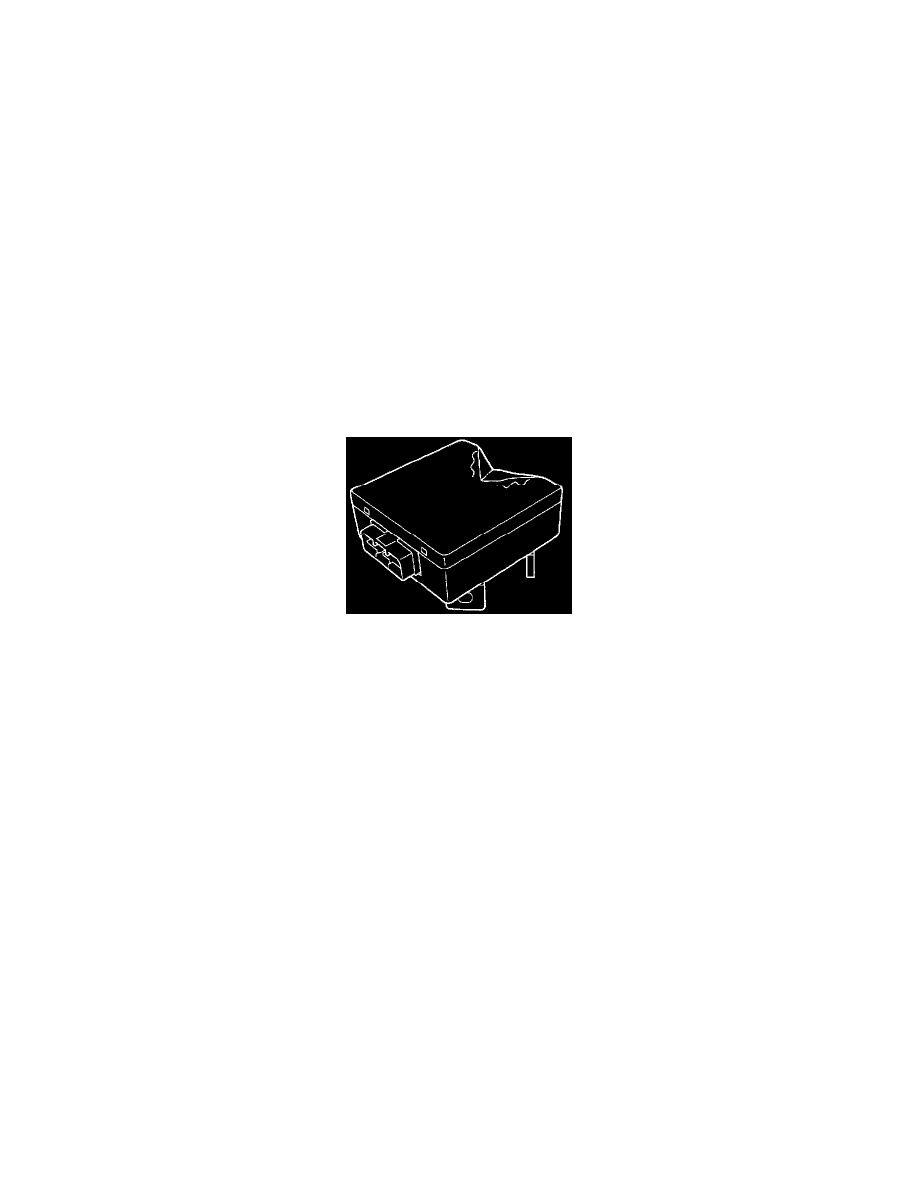Oasis S L4-2253cc 2.3L SOHC VTEC MFI (1998)

After the air bag assembly has been deployed, the surface of the air bag may contain a powdery residue. This powder consists primarily of cornstarch
(used to lubricate the bag as it inflates) and by products of the chemical reaction. Sodium hydroxide dust (similar to lye soap) is produced as a by product
of the
deployment reaction. The sodium hydroxide then quickly reacts with atmospheric moisture and is converted to sodium carbonate and sodium bicarbonate
(baking
soda). Therefore, it is unlikely that sodium hydroxide will be present after deployment.
Seat Belts
Before servicing or replacing lap and shoulder belts, including single loop seat belt systems, refer to the following precautions:
- Clean the seat belt webbing with a mild soap and water solution only. using a soft brush or cloth.
- Do not bleach or dye the seat belt webbing.
- Keep sharp edges and other damaging objects away from the seat belts.
- Replace any seat belts which are cut or damaged in any way.
- Do not bend or damage any portion of the seat belt buckle or the latch plate.
- Use only the correct seat belt anchor bolts and tighten them to the correct torque value.
- Start the anchor bolts by hand to ensure that they are not cross-threaded.
- Seat belts and retractors must be serviced as a set with service replacement parts only. Do not attempt to make repairs to the individual components.
- Verify that the replacement part number is correct for the vehicle at that seating position. Do not substitute a seat belt from a different seating position.
- Replace any seat belts which have a visible CAUTION label instructing replacement.
SRS Unit
SRS Unit
- Take extra care when painting or doing body work in the area below the dashboard. Avoid direct exposure of the SRS unit or wiring to heat guns,
welding, or spraying equipment.
- Disconnect the airbag connector(s) before disconnecting SRS harness connectors.
- After any degree of frontal body damage, or after a collision without airbag deployment, inspect the SRS unit for physical damage. If it is dented,
cracked, or deformed, replace it.
- Be sure the SRS unit is installed securely.
- Do not disassemble the SRS unit.
- Store the SRS unit in a cool (less than about 104°F/40°C) and dry (less than 80% humidity, no moisture) place. Do not spill water or oil on the SRS
unit, and keep it away from dust.
- During installation or replacement, be careful not to bump (impact wrench, hammer, etc.) the area around the SRS unit. The airbags could accidentally
deploy and cause damage or injury.
Steering Column
